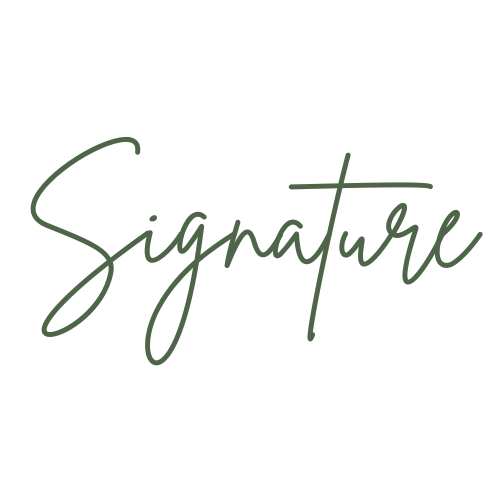Diego Rivera Authentication
Diego Rivera, one of Mexico’s most celebrated artists and a key figure in the Mexican Muralist movement, left a profound mark on the world of art with his socially charged murals and bold depictions of Mexican history and culture. Born in 1886 in Guanajuato, Mexico, Rivera's early training took him to Europe, where he absorbed influences from the Renaissance, Cubism and Post-Impressionism. However, it was his return to Mexico in the 1920s that truly defined his career. Rivera’s large-scale public murals, painted on the walls of government buildings, schools and other institutions, were meant to make art accessible to the masses and often portrayed scenes of indigenous life, the working class and Mexican revolutionary history.
Rivera's most famous works include the murals at the National Palace in Mexico City, Man at the Crossroads at the Rockefeller Center (later destroyed and repainted in Mexico City) and Detroit Industry at the Detroit Institute of Arts. His vibrant, monumental style, combined with his political beliefs, made him one of the most influential artists of the 20th century. Rivera's marriage to fellow artist Frida Kahlo also cemented his place in popular culture.
Despite his fame and influence, Diego Rivera’s works have been subject to increasing scrutiny due to the prevalence of forgeries and misattributions. As his works continue to fetch high prices at auction, Diego Rivera authentication has become a critical issue for collectors, galleries and institutions.
The Challenge of Rivera Authentication
Rivera's vast output—ranging from grand murals to smaller easel paintings and drawings—presents unique challenges for authentication. His public murals, created in fresco and painted directly onto walls, are impossible to forge in the traditional sense, but his smaller works, including portraits, landscapes and studies, have been targeted by forgers. Rivera's reputation as a political figure and his iconic status in Mexican art have only added to the demand for his works, further encouraging the production of fakes.
Moreover, Rivera’s career spanned several decades and styles, from his early European-influenced works to the deeply Mexican murals that defined his later career. This artistic evolution makes authentication complex, as the artist’s techniques, materials and subject matter varied significantly throughout his life.
While the Diego Rivera Foundation has historically played a role in cataloging his works, there is no formal authentication body overseeing Rivera’s legacy today. This lack of a centralized authority has made it essential for collectors and institutions to turn to independent experts and art authentication firms like Signature to verify the authenticity of works attributed to Rivera.
Signature’s Approach to Rivera Authentication
Authenticating a work by Diego Rivera requires a careful and multifaceted approach, taking into account his wide range of techniques, subject matter, and historical context. At Signature, we use a combination of historical research, forensic science, and stylistic analysis to ensure that any work attributed to Rivera is thoroughly examined.
Comparative Analysis: Rivera's artistic style evolved over time, from his early European Cubist-influenced works to the monumental Mexican murals that defined his later career. Signature’s experts conduct a detailed comparative study of the suspected work, analyzing it alongside authenticated pieces from the same period. We carefully examine key elements such as brushwork, composition, and use of color. Rivera’s depictions of Mexican history, indigenous life, and political themes are also subject to careful scrutiny, as these motifs appear frequently in his works and must align with his artistic intentions during specific phases of his career.
Provenance Research: As with all major artists, establishing provenance—the documented history of ownership—is crucial in confirming the authenticity of a Diego Rivera work. Signature’s team conducts in-depth research into the history of the artwork, tracing its ownership through sales records, exhibition histories and any other relevant documentation. Works with strong provenance are far easier to authenticate, while pieces with gaps in their history often raise questions. In cases where the provenance is unclear, we delve into archives, catalogs and historical letters to establish a clearer picture of the work’s origin.
Scientific Analysis: Forensic tools are essential in verifying the authenticity of Rivera’s works, particularly given the prevalence of forgeries. At Signature, we employ techniques such as pigment analysis, infrared reflectography and X-ray imaging to examine the materials and construction of the artwork. These methods allow us to assess the age of the pigments and canvases used and verify that they correspond to those employed during Rivera’s active periods. For example, Rivera often used specific materials and fresco techniques in his murals, while his easel paintings were created with particular types of paints and supports. Identifying any inconsistencies in the materials used can help reveal whether a work is authentic or a modern forgery.
The Legal and Financial Stakes of Rivera Authentication
The stakes for authenticating works by Diego Rivera are high, given the significant cultural and financial value of his paintings and drawings. Rivera’s works have consistently commanded high prices at auction, with some of his pieces selling for millions of dollars. For collectors, galleries and institutions, ensuring the authenticity of a Rivera piece is crucial not only for the work’s cultural significance but also as a secure financial investment.
However, misattributed or forged works can result in substantial financial losses, legal disputes and reputational damage for those involved. Auction houses and galleries are increasingly cautious when handling works attributed to Rivera, requiring authentication from trusted experts before proceeding with sales. Collectors, too, are keenly aware of the risks associated with acquiring a forgery, which can lead to costly legal battles and significant financial setbacks.
This is where Signature’s expertise becomes invaluable. Our comprehensive authentication services, which combine historical research, forensic analysis and a deep understanding of Rivera’s techniques and materials, provide clients with the confidence to buy and sell works attributed to Diego Rivera. By thoroughly validating the authenticity of each piece, we help protect the financial and cultural value of Rivera’s art, ensuring that collectors and institutions can engage in transactions with peace of mind. Contact us today to learn more.

